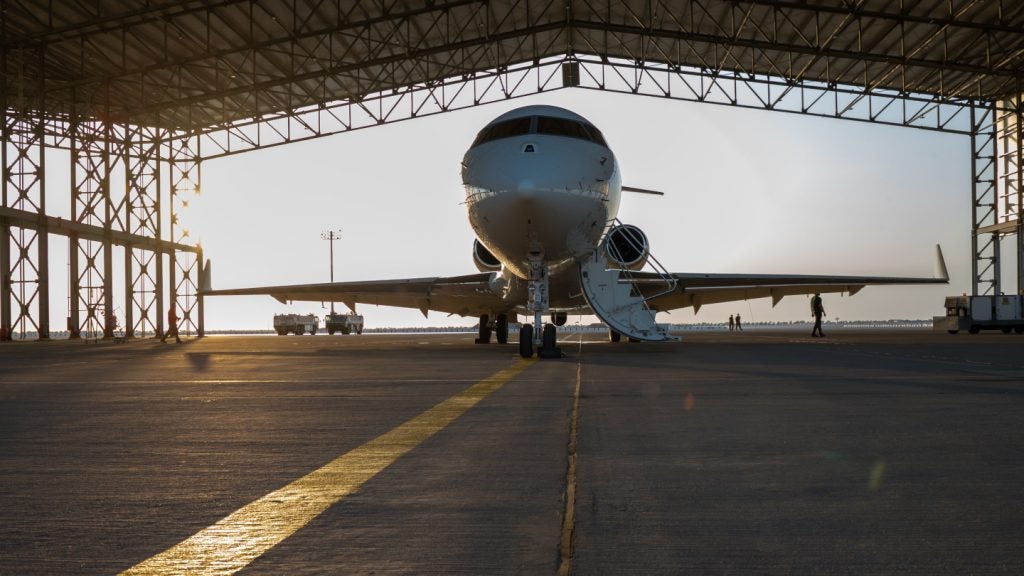MH-60R Seahawk is a multi-mission helicopter manufactured by Sikorsky Aircraft. It is considered to be the world’s most advanced maritime helicopter.
The rotorcraft replaces the SH-60B and SH-60F helicopters in the US Navy’s fleet and combines the capabilities of these aircraft. The MH-60R is also referred to as ‘Romeo’.
The helicopter is equipped for a range of missions, including anti-submarine warfare (ASW), anti-surface warfare (ASuW), search-and-rescue (SAR), naval gunfire support (NGFS), surveillance, communications relay, logistics support and personnel transfer, and vertical replenishment (VERTREP).
The helicopter is fitted with a 2,721.55kg (6,000lb) cargo hook for vertical replenishment missions. Lockheed Martin, Owego, is the mission system’s integrator.
A possible foreign military sale of eight MH-60R helicopters and associated equipment to Mexico was approved by the US State Department in April 2018. The total estimated value of the deal is $1.2bn.
MH-60R Seahawk helicopter development
The maiden flight of the MH-60R took place in July 2001. The first low-rate initial production (LRIP) helicopters were remanufactured SH-60Bs, but the following MH-60Rs are all newbuilds.
The first new production MH-60R helicopter was delivered in August 2005. Operational evaluation (OPEVAL) was completed in October 2005 and full-rate production was approved in April 2006.
In October 2007, the US Navy established the first of five MH-60R squadrons, Helicopter Maritime Strike Squadron (HSM) 71 at Naval Air Station (NAS) North Island, San Diego.
In March 2008, the MH-60R conducted first ‘at sea’ operations from the USS Preble (DDG-88) Aegis destroyer. First operational deployment of the helicopter was completed in early-2009 with the USS Stennis carrier group.
The helicopter operates from frigates, destroyers, cruisers, amphibious ships and aircraft carriers, and is suitable for intense littoral warfare operations for handling numerous contacts in confined spaces, and for open-water operations.
MH-60 cockpit details
The MH-60 helicopter is fitted with dual controls and accommodates a pilot, co-pilot, and tactical mission officer. The sensor operator station is installed in the cabin.
MH-60R shares the same MH-60 multi-function digital glass cockpit as the MH-60S helicopter. The MH-60 common cockpit has been designed and supplied by the Owego Helo Systems division of Lockheed Martin Systems Integration at Owego New York.
The fully integrated glass cockpit is equipped with four 8in × 10in (20.3cm × 25.4cm) full-colour multi-function mission and flight displays that are night-vision goggle-compatible and sunlight-readable. The pilots and aircrew have common programmable keysets, a mass memory unit, mission and flight management computers, and MH-60R dedicated operational software.
The navigation suite includes a Northrop Grumman (Litton) LN-100G dualembedded global positioning system and inertial navigation system. Telephonics Corp supplies the communication management system.
The helicopter is equipped with a fully digital communications suite, with Link 16, ARC-210 radios for voice, UHF / VHF and satellite communications and a Harris Hawklink Ku-band datalink.
MH-60 Romeo cabin and weapons capabilities
The MH-60 Romeo helicopter features a spacious and comfortable cabin with increased leg space for passengers. The cabin can accommodate three or four flight crew and five passengers. The length of the cabin is 3.2m, while the height and width are 1.3m and 1.8m respectively. The cabin area and volume of the helicopter are 6m² and 8.5m³, respectively.
For anti-surface warfare missions, the helicopter can be equipped with a range of weapons on the four weapons stations, including Lockheed Martin AGM-114 Hellfire anti-surface missiles.
For anti-submarine warfare, the MH-60R can carry up to three ATK mk50 or mk46 active / passive lightweight torpedoes. A pintle-mounted 7.62mm machine gun can be fitted for self-defence.
Countermeasures and sensors of Seahawk helicopter
The helicopter is fitted with a Lockheed Martin AN/ALQ-210 electronic support measures system (ESM). Electronic warfare systems include the ATK AN/AAR-47 missile warner, laser warning system, BAE Systems AN / ALQ-144 infrared jammer and AN / ALE-39 chaff and flare decoy dispenser.
For anti-submarine warfare missions, the helicopter is equipped with a sonobuoy launcher and a Raytheon AN / AQS-22 advanced airborne low-frequency (ALFS) dipping sonar.
The MH-60R is fitted with the Raytheon AN / AAS-44 detecting / tracking system, which includes a forward-looking infrared (FLIR) and laser rangefinder.
The helicopter’s radar is the Telephonics AN / APS-147 multi-mode radar, which has inverse synthetic aperture (ISAR) imaging and periscope and small target detection capabilities. Lockheed Martin was awarded a contract in July 2008 to develop a new radar system named AN / APS-153 radar, with automatic radar periscope detection and discrimination (ARPDD) capability.
Survivability of MH-60 Romeo
MH-60R is constructed with tolerance to small arms fire and medium-calibre high-explosive projectiles. The flight controls have dual-redundancy and ballistically hardened flight controls. The fuel tank is self-sealing. The helicopter is fitted with energy-absorbing landing gear and load-limiting crew seats.
The upper controls and hub are ballistically tolerant and the rotor blades are tolerant against 23mm rounds. The tail rotor has redundant fail-safe controls. The helicopter’s high-mass components are retained within the frame in the event of a 20/20/10G impact crash.
The modular transmission system is fitted with fail safe lubrication. The hydraulics and electrical systems are triple-redundant.
MH-60R Seahawk engines and performance
The helicopter is powered by two General Electric T700-GE-401C turboshaft engines rated at 1,425kW. The internal self-sealing fuel tanks have a capacity of 2,230l.
MH-60R can climb at a rate of 8.38m/s. The maximum and cruise speed of the helicopter are 267km/h and 168km/h respectively, while the range is 834km. The service ceiling of the helicopter is 3,438m. The helicopter weighs around 6,895kg and has a maximum take-off weight of 10,659kg.
Order and deliveries of Sikorsky’s naval helicopter
In June 2011, the Royal Australian Navy placed an order for 24 MH-60R (Romeo) anti-submarine and anti-surface warfare helicopters, to replace its 16 S-70B-2 naval helicopters under the US FMS programme. The helicopter deliveries began in early 2014 and were concluded in September 2016.
The US State Department approved a $360m-worth foreign military sale of equipment and support to support the upgrade of Australia’s fleet of 24 helicopters.
In September 2011, the Qatari Government requested the sale of six MH-60R Seahawk helicopters, 13 T-700 GE 401C engines, support equipment and logistics support services.
The Republic of Korea requested the sale of eight MH-60R Seahawk helicopters, 18 T-700 GE 401C engines, support equipment and logistics support services in June 2012.
In December 2012, the Danish Government ordered nine MH-60R Seahawk helicopters and comprehensive logistics support for its Maritime Helicopter Replacement Programme. The estimated value of the contract is $686m.
Denmark received the first three MH-60R Seahawk helicopters in June 2016. The remaining deliveries will conclude by 2018.
In January 2013, Lockheed Martin delivered its 150th MH-60R Seahawk helicopter to a naval squadron in San Diego.
In May 2015, the Kingdom of Saudi Arabia requested the sale of ten MH-60R multi-mission helicopters, spares and logistics support services.
In February 2020, India approved the purchase of 24 MH-60R multi-role helicopters from the US. The $2.6bn deal will be implemented under the US foreign military sales (FMS) programme.
The Global Military Aircraft Market 2011-2021
This project forms part of our recent analysis and forecasts of the global military aircraft market available from our business information platform Strategic Defence Intelligence. For more information click here or contact us: EMEA: +44 20 7936 6783; Americas: +1 415 439 4914; Asia Pacific: +61 2 9947 9709 or via email.
Related content
MH-60S Seahawk (Knighthawk) Multimission Naval Helicopter
The multimission Sikorsky MH-60S Knighthawk helicopter entered service in February 2002.
CH-53E Super Stallion Heavy-Lift Helicopter, United States of America
The Sikorsky CH-53 Super Stallion heavy-lift helicopter first flew in 1974 and entered service with the US Marine Corps (USMC) in 1981.


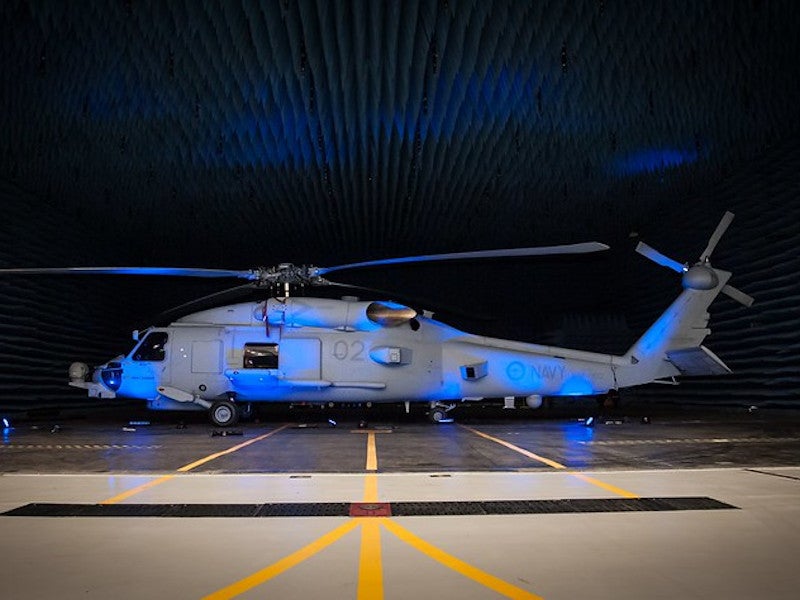
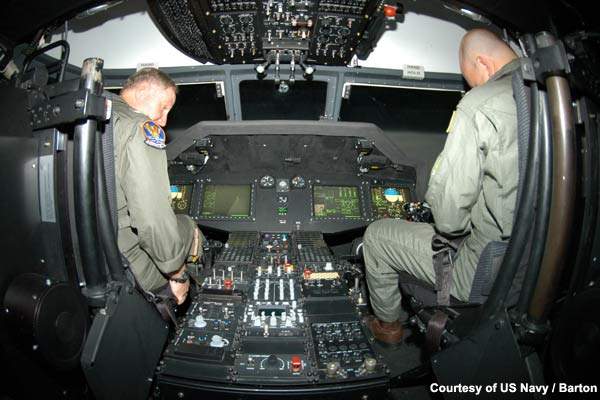
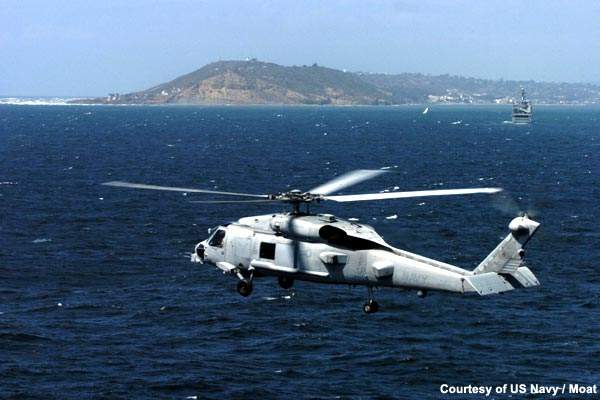
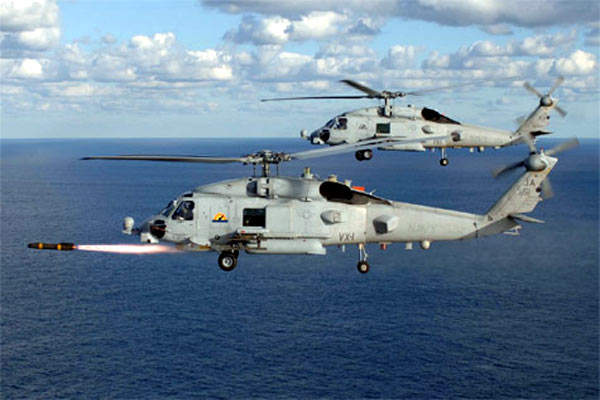
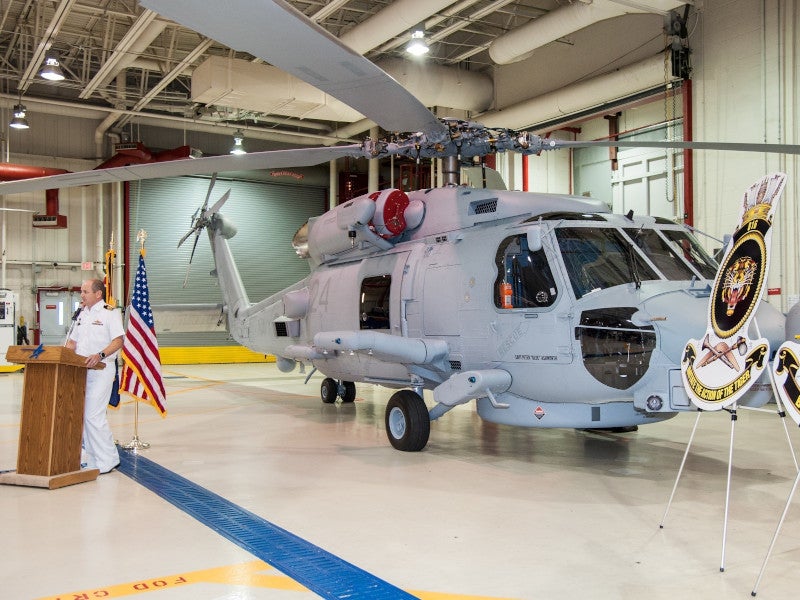



.gif)



